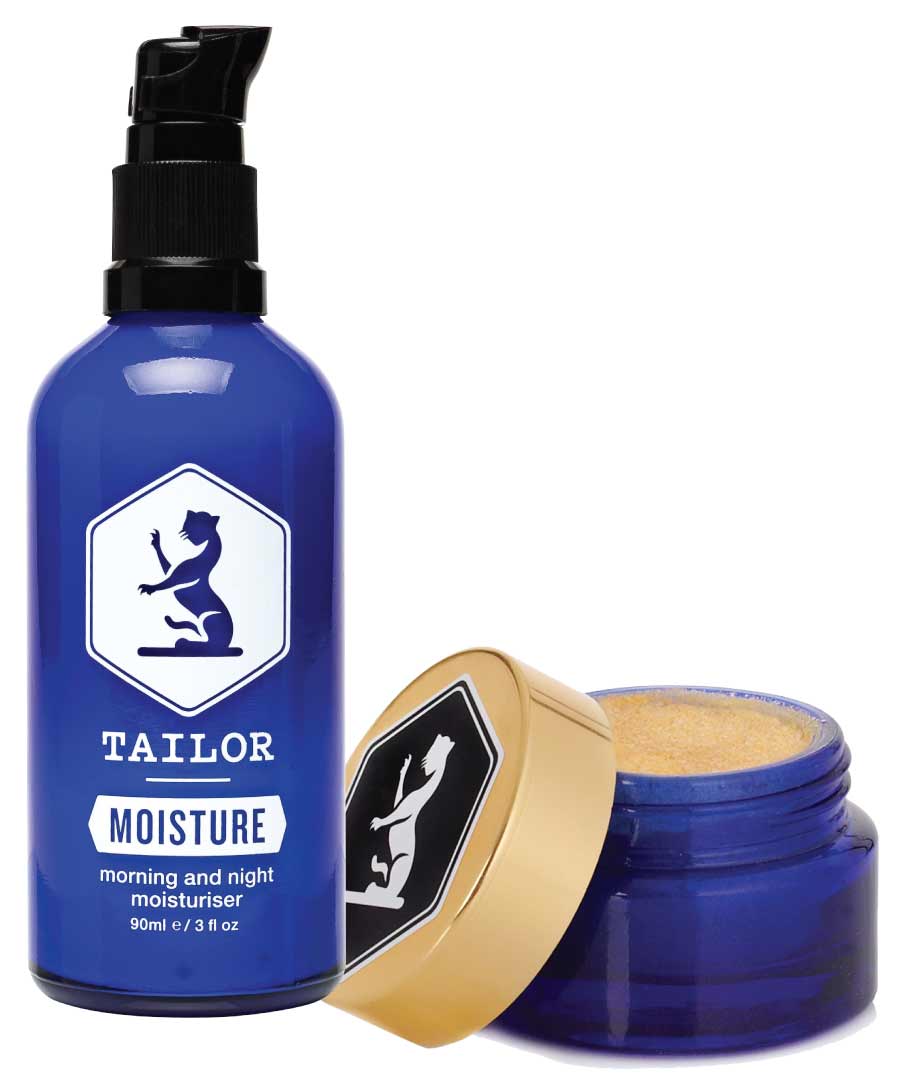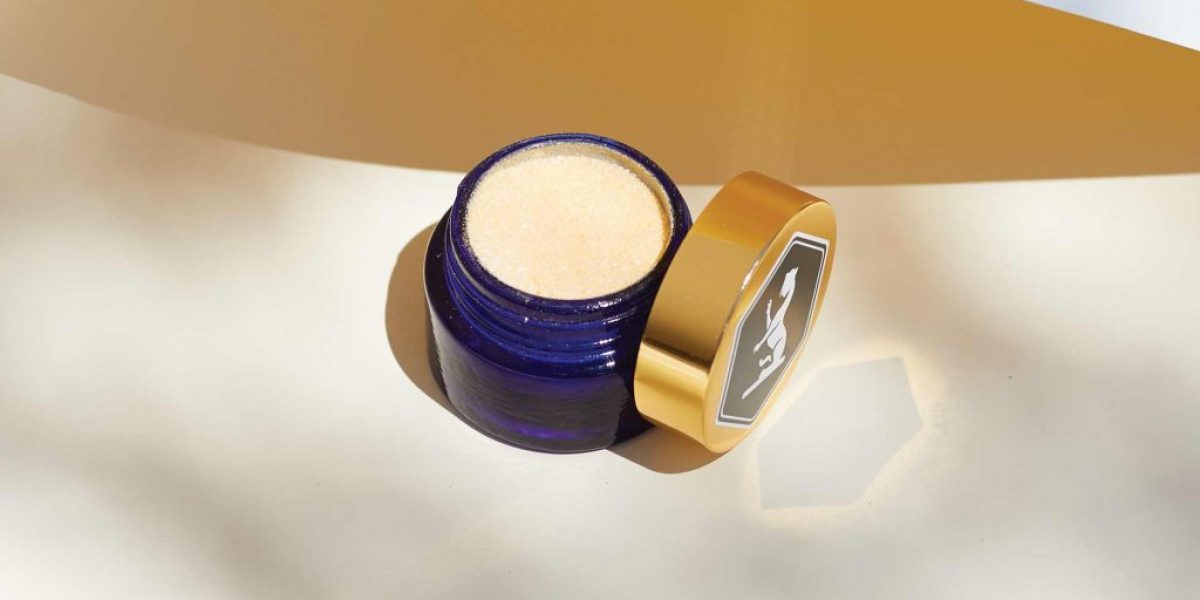Does Vitamin C Work?
With Eastern beauty trends like glass-skin becoming the ultimate skin goal, ingredients to brighten the complexion and reduce pigmentation is what everyone is searching for. Vitamin C is the key to manifesting this seemingly far-reaching dream.
However, there are more benefits to it than evening the skin-tone. It’s a superstar antioxidant that shields us from sun damage, environmental aggressors, and it also firms the skin effectively! Despite Vitamin C being the word on everyone’s lips, like anything, there’s a catch-22 with things that are too good to be true.
In order for the molecules to be utilized by our human skin, the environment and dosage must be perfect due to its instability and tendency to oxidise easily. In this issue of M2woman, we ask Sara Quilter, founder and CEO of the multi-award winning Tailor Skincare, about the ins and outs of this magical anti-ager. With a background in science, Sara helps us understand how exactly Vitamin C works on our skin and in turn, provide the knowledge that is necessary to enhance our natural beauty.
Vitamin C is renown as an anti-aging superstar. How does this miracle molecule work to protect our skin after sun exposure to replenish Vitamin C levels?
Vitamin C is abundant in the skin and for good reason. Vitamin C has a number of beneficial functions in the body as well as in the skin. It’s famous for playing a key role in collagen proliferation/production. In fact, Vitamin C plays a role during 3 different stages of collagen production. Collagen is the key structural protein in the skin (along with elastin), providing strength to the skin. It’s found in abundance in youthful skin and, as we age, our collagen reserves deplete leading to wrinkles (or as I prefer to call them laugh lines). There’s also evidence to suggest it plays a key role in wound healing. This is likely to be because of its role in collagen production.
Other benefits of Vitamin C include photoprotection. Vitamin C helps to defend the skin against UV damage and can also help to fade hyperpigmentation (sun spots). It’s not recommended to apply Vitamin C before going out in the sun, but rather apply it in preparation of sun exposure (like the night before) and to also ensure you’re getting a good supply in your diet. Research shows that UV exposure depletes our Vitamin C reserves, meaning we need to top up regularly especially when we’re out and about in the sun over summer.
Lastly, Vitamin C is anti-inflammatory, suggesting that it can help to calm acne breakouts, eczema and rosacea.
There are many derivatives of Vitamin C – how does one check whether it is the right form in skincare that will work? Are there any natural derivatives of Vitamin C that are active?
Ascorbic Acid is naturally occurring Vitamin C. All derivatives need to be converted back to this form to be bioavailable in the skin. The issue is that Ascorbic Acid is notoriously unstable when used in skincare formulations. There are reports stating that light destabilizes Ascorbic Acid – this is the case when Vitamin C is present in the skin but is not likely to be the case when present in a skin care formulation. In a formulation, it appears that time, heat and formulation characteristics such as oil and pH, play a role in the stability and bioavailability/skin penetration of Vitamin C (in the form of Ascorbic Acid) rather than light. There’s also a large body of evidence showing that when 20% Ascorbic Acid is applied to the skin at a pH of 3.5 with an oil-based medium, it has the best bioavailability to the skin.
Other Vitamin C derivatives must be converted into Ascorbic Acid after application in order to benefit the skin. However, from what I’ve observed in the literature, this is a challenge for the formulation chemist who wants results with this active ingredient. So to answer your question, YES naturally occurring Ascorbic Acid is the most bioactive form of Vitamin C, however, it’s the most unstable in a formulation. This is why Tailor Gold Dust such an exciting innovation in Vitamin C based skincare!
 Throughout recent years, the knowledge of requiring an absorbable molecule size has become widespread. How small does a Vitamin C molecule need to be so that our skin absorbs it effectively?
Throughout recent years, the knowledge of requiring an absorbable molecule size has become widespread. How small does a Vitamin C molecule need to be so that our skin absorbs it effectively?
Does this apply for all substances, even heavy ones such as Hyaluronic Acid?
Vitamin C has a low molecular weight 176.12 g/mol compared with Hyaluronic Acid which is reported to be 846.786 (depending on its form). With that said, skin penetration is less about the weight and more about the molecule size, pH, as well as the lipophilic vs hydrophilic nature of a material. Obviously, the lower the molecular weight a chemical is, the smaller it’s likely to be, however weight to size is not a 1:1 ratio as observed with feathers vs iron.
It’s really hard for materials to penetrate deep into the dermis of the skin and it’s likely that any material small enough to make it this far may become denatured. However, factors which assist with skin penetration of Vitamin C specifically include pH (optimal level is 3.5) and it’s best to pair Vitamin C with a lipophilic material (oil-loving) because Ascorbic Acid is hydrophilic (water-loving) and Vitamin E is the BFF of Vit C! It widely documented that Vitamin E (an oil-soluble vitamin) is a great partner to assist with the skin absorption of Vitamin C. It’s also reported to work synergistically with Vitamin C to assist with collagen production. This means you should look for a moisturiser with Vitamin E to partner with your Vitamin C serum (or gold dust) and eat kale with avocado (Yum!!).
Furthermore, the literature shows that Vitamin C in the form of Ascorbic Acid has good penetration into the epidermis of the skin when at the correct pH (3.5) and when paired with a lipophilic material, but there’s limited evidence showing it’s penetration into deeper levels of the skin. This is where dietary forms of Vitamin C become critical because the bloodstream has easy access to the dermis and can supply Vitamin C to the skin when ingested from dietary sources like fruits and leafy green veggies. However, the bloodstream does not have easy access to the epidermis and this is where topical application of Vitamin C comes in to benefit the skin.
While using Vitamin C serums, I’ve found that formulas stored in bottles with pipettes lose their efficacy very quickly. How can we differentiate as a consumer what Vitamin C product will be active and non-active? And how does Tailor’s new powdered form work?
I’m unable to make comment on other brands formulations because I don’t know what form of Vitamin C they’ve used and how they’ve formulated to boost stability or bioavailability to the skin. I do know that skin care formulation scientists are making new and exciting advances every day and if you see results with a product, then that’s the most important thing.
However, I’m skeptical of the efficacy of Vitamin C in skincare which is why I decided to cut out all of the clutter and keep things simple without compromising on efficacy by creating Tailor Gold Dust. This innovative Golden powder contains pure Vitamin C in its most bioavailable form Ascorbic Acid blended with another powerful antioxidant Coenzyme Q10 (which gives the product it’s golden hue). Does it work? Does it stay active? Well, we’ve pH tested Gold Dust when applied with Tailor Moisture to the skin and it has the optimal pH (3.5) to make Vitamin C bioavailable to the skin. Furthermore, Tailor Moisture also contains Vitamin E which helps with Vitamin C bioavailability as discussed above. So with that said, I’ll let my customer’s results speak for themselves on this one. We’ve been getting some incredible results from real life customers helping to reduce their hyperpigmentation, reduce redness and brighten the skin!! Does it work? You tell me…

